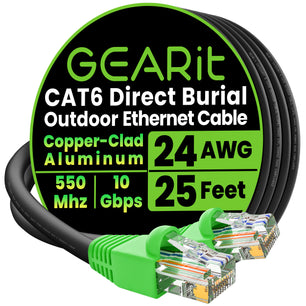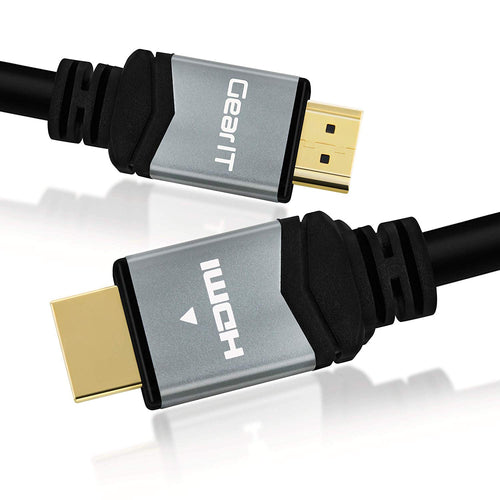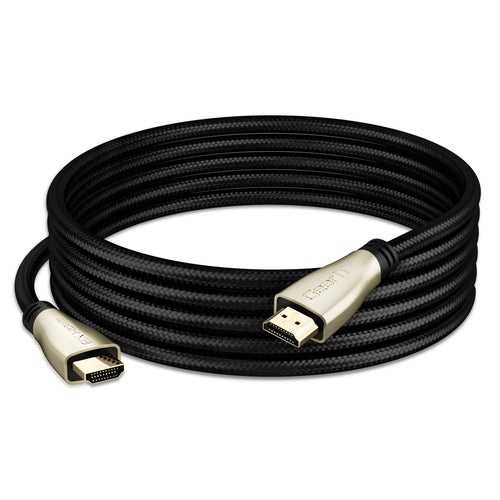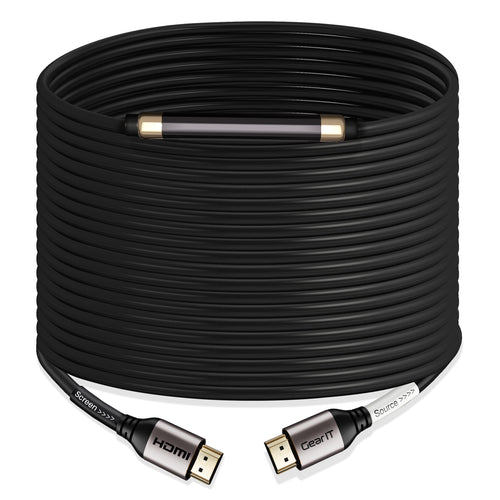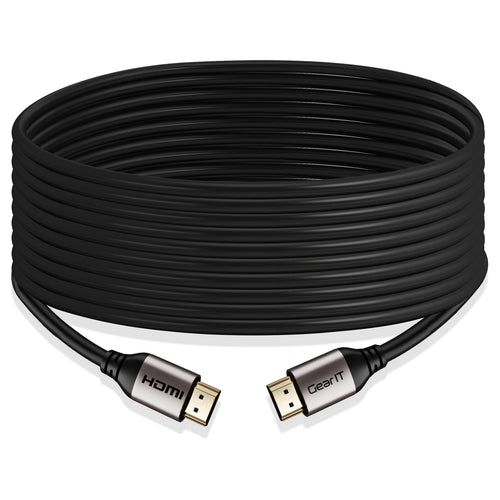
In today’s digitally-driven world, HDMI cables are a crucial component for connecting our high-definition devices, from TVs and gaming consoles to computers and projectors. However, the market is saturated with fake or low-quality HDMI cables that can lead to poor performance, image degradation, and even device damage. Knowing how to identify and avoid these subpar cables is essential for ensuring a seamless and high-quality viewing experience. Here are some practical tips for recognizing genuine, high-quality HDMI cables and avoiding counterfeit or low-quality options.
Recognizing Genuine, High-Quality HDMI Cables
1. Check the Packaging
High-quality HDMI cables usually come in professional, well-designed packaging. Pay attention to:
HDMI Logo: Authentic cables will feature the official HDMI logo. Be wary of cables with logos that appear altered or poorly printed.
Specifications: Look for clear, accurate specifications such as HDMI version (e.g., HDMI 2.0, HDMI 2.1) and supported features (e.g., 4K, HDR, Ethernet). Counterfeit cables often have vague or incorrect specifications.
Avoiding Counterfeit or Low-Quality HDMI Cables
1. Beware of Unbelievably Low Prices
While it’s tempting to go for the cheapest option, extremely low prices often indicate low-quality or counterfeit cables. Quality HDMI cables have manufacturing costs that prevent them from being sold at rock-bottom prices without sacrificing quality.
2. Buy from Authorized Retailers
Purchasing HDMI cables from reputable, authorized retailers significantly reduces the risk of buying counterfeit products. Trusted retailers include:
3. Read Customer Reviews
Customer reviews can provide insights into the quality and authenticity of HDMI cables. Look for reviews that mention:
Additional Tips for Identifying High-Quality HDMI Cables
1. Inspect the Build Quality
A physical inspection of the cable can reveal a lot about its quality:
Connectors: High-quality HDMI cables have well-finished, gold-plated connectors. Poorly finished or non-plated connectors can indicate a counterfeit product.
Cable Thickness: Genuine HDMI cables often have a thicker, sturdier build due to better shielding and higher-quality materials.
2. Check for Support Features
High-quality HDMI cables will support the latest features and technologies:
HDCP Compliance: Ensure the cable supports High-bandwidth Digital Content Protection (HDCP) standards, which are necessary for streaming services and protected content.
High Speed: Look for cables labeled as “High Speed” or “Ultra High Speed,” which indicates they can handle higher resolutions and frame rates.
Conclusion
Identifying and avoiding fake or low-quality HDMI cables can be challenging, but by paying attention to packaging, labeling, trusted brands, and customer reviews, you can make informed decisions. Investing in high-quality HDMI cables ensures a reliable connection, superior performance, and long-term durability for all your high-definition devices. Remember, when it comes to HDMI cables, the adage “you get what you pay for” often holds true—so choose wisely and enjoy your high-definition content to the fullest!
Check out our curated recommendations of products from this article below. When you order through our website, you’re supporting a small business and getting some great perks like personalized customer service, special discounts, and fast shipping. Plus, our team is always here to help with any questions or concerns you might have.
